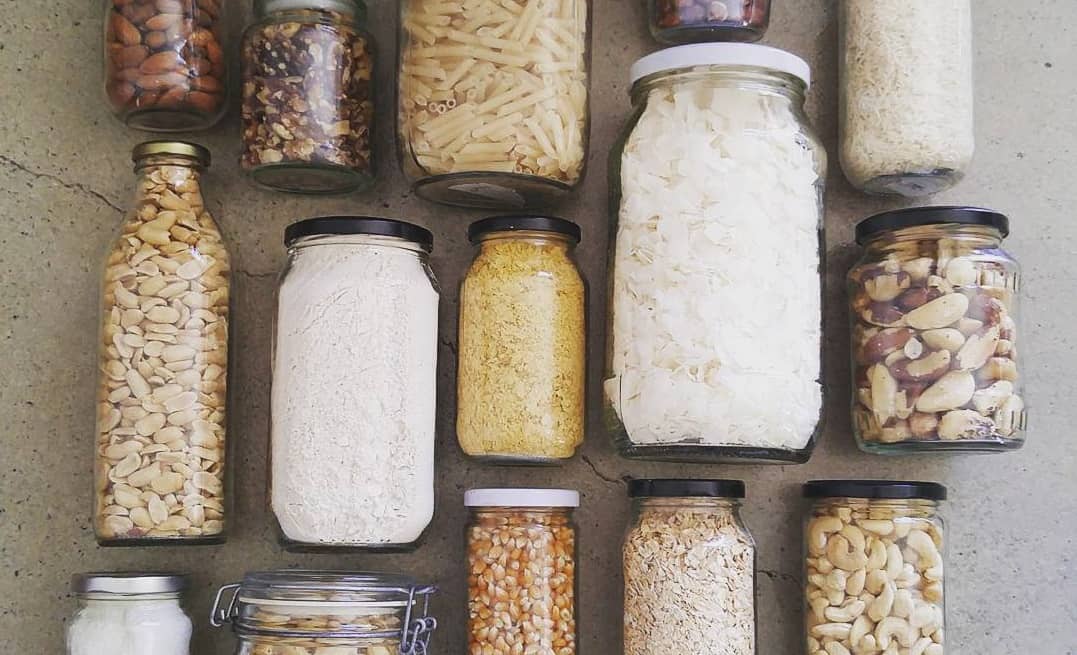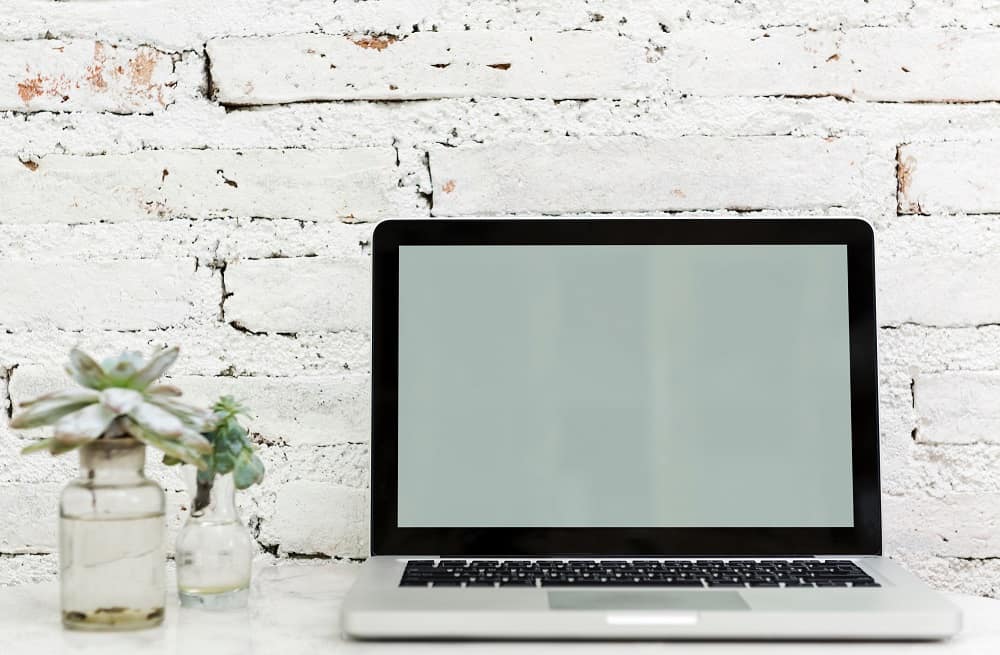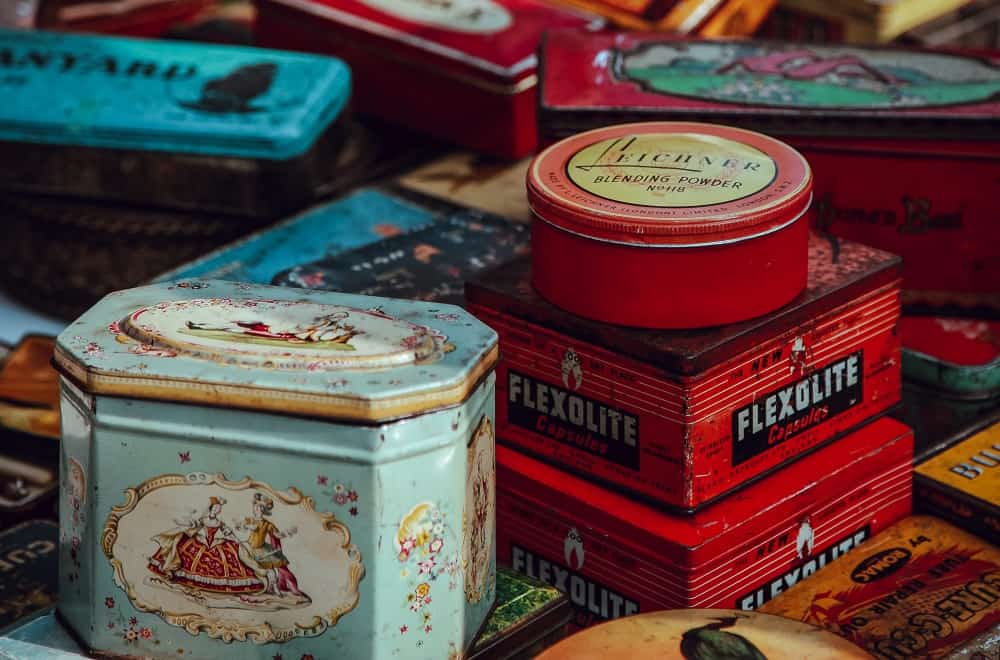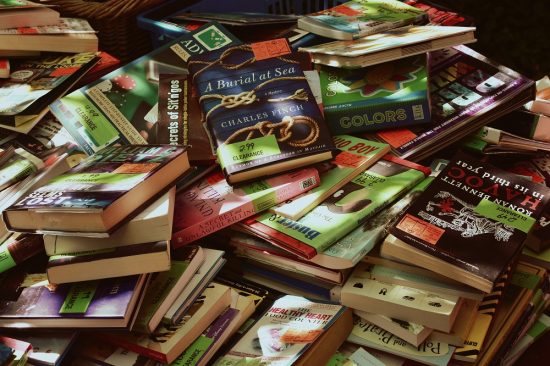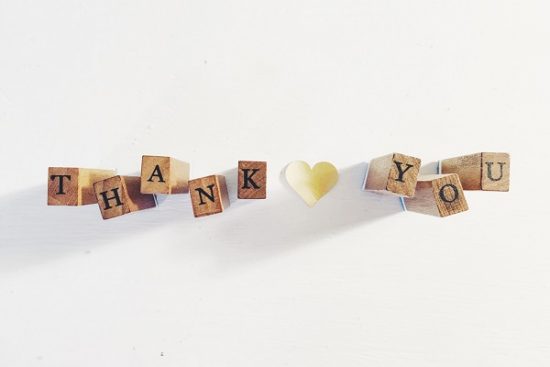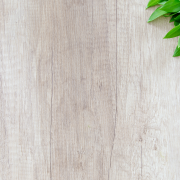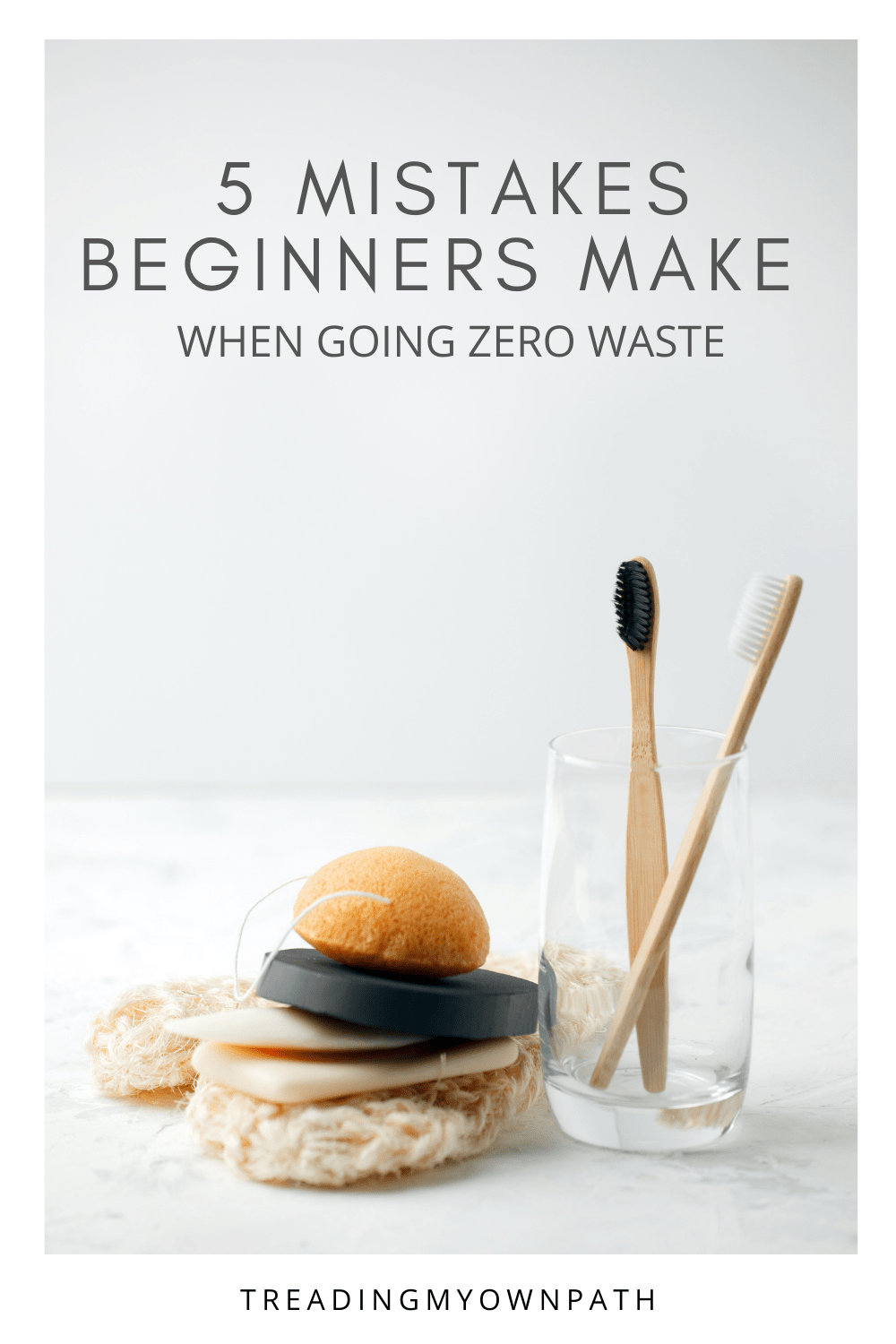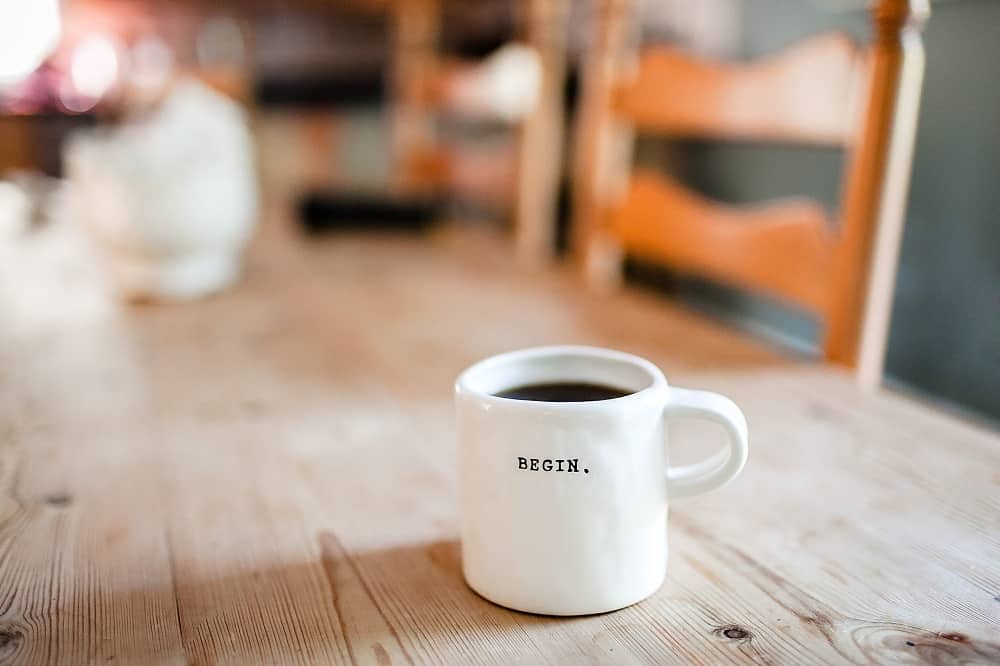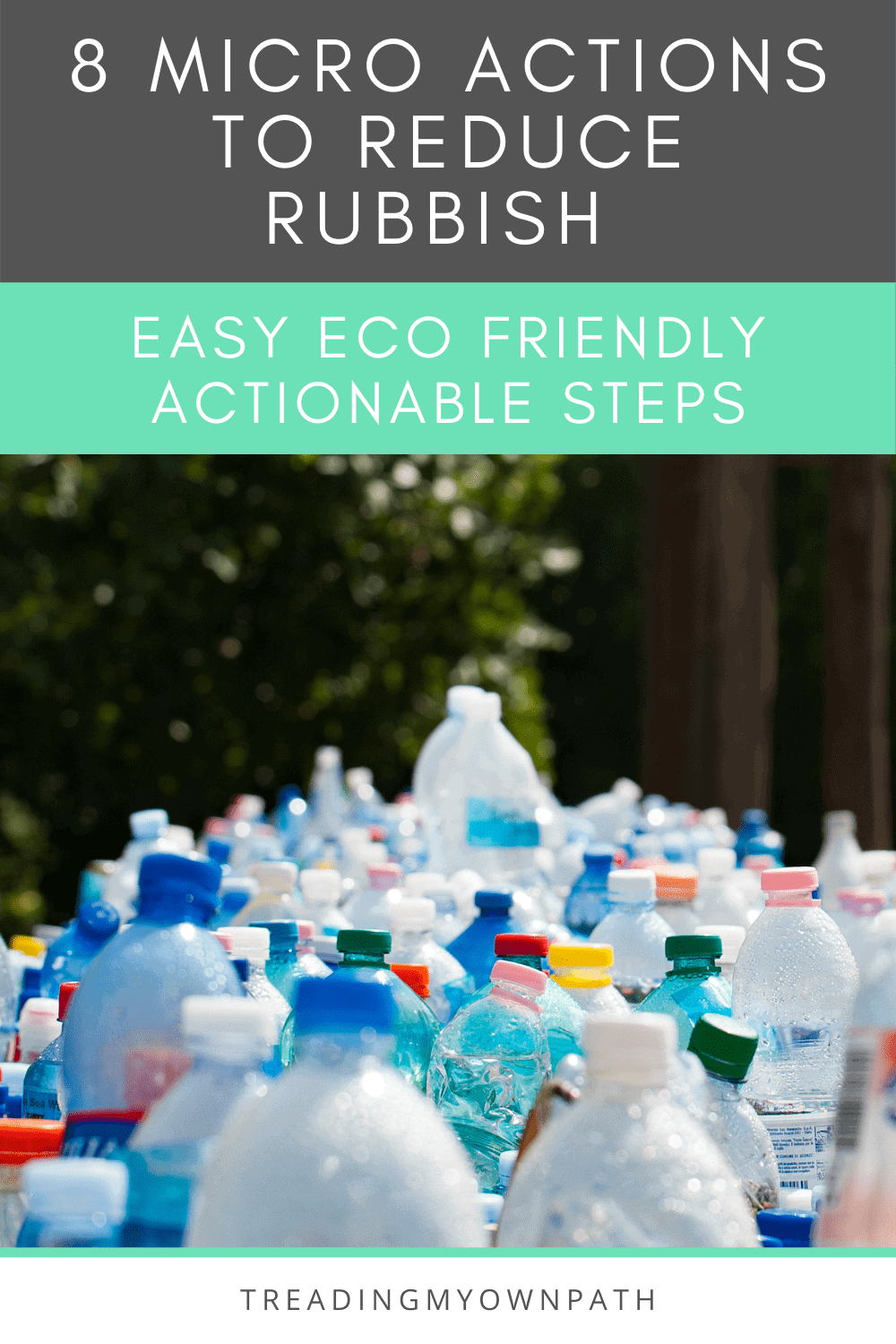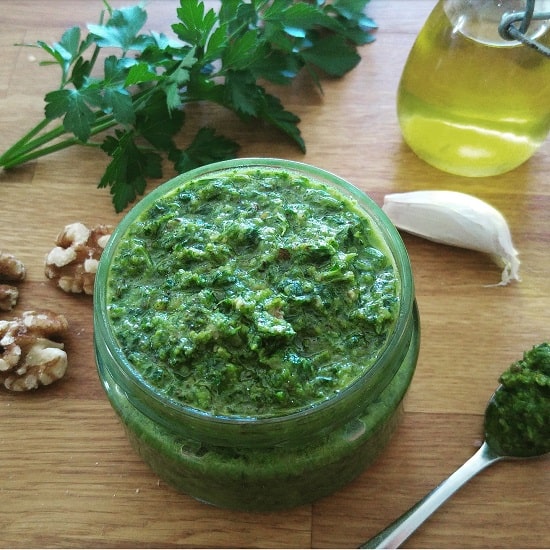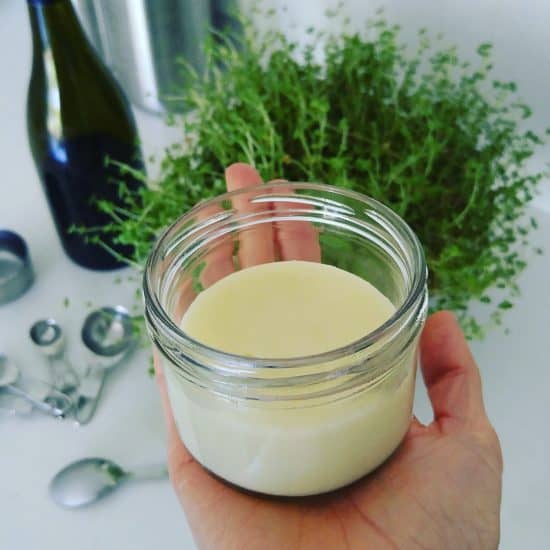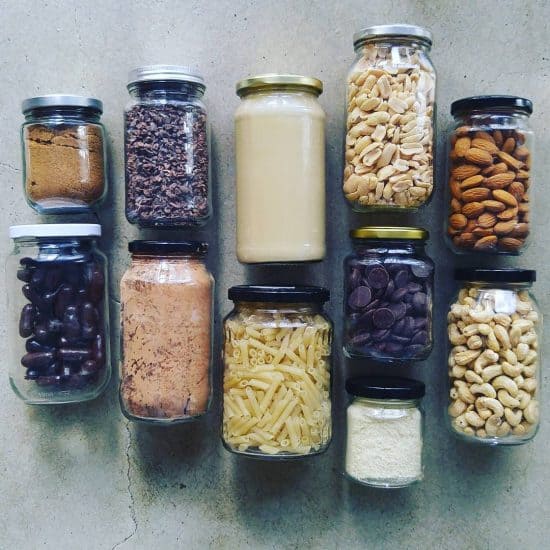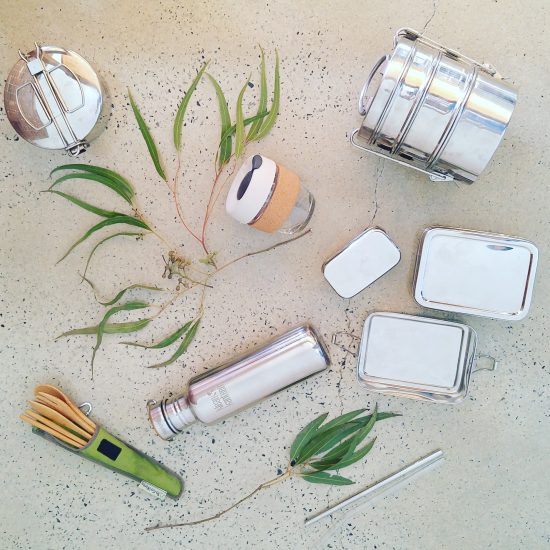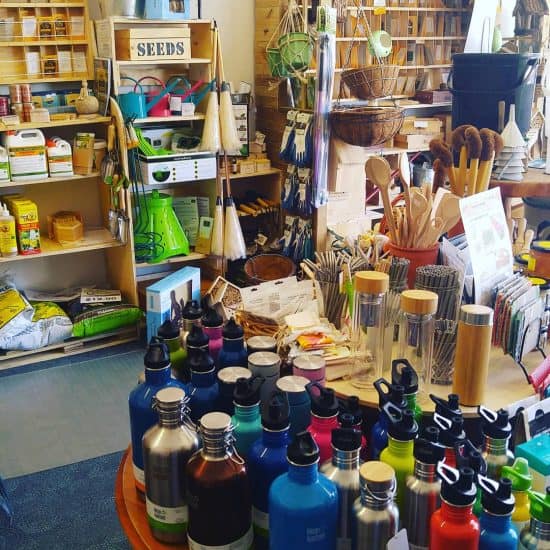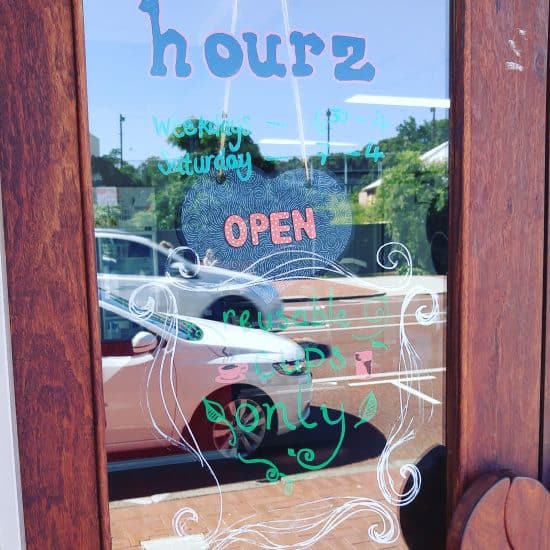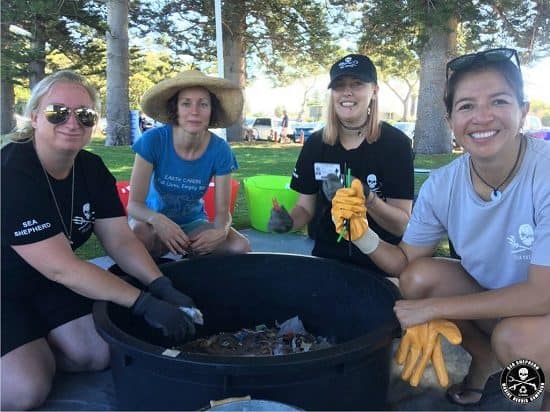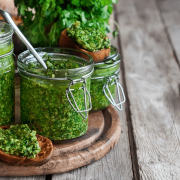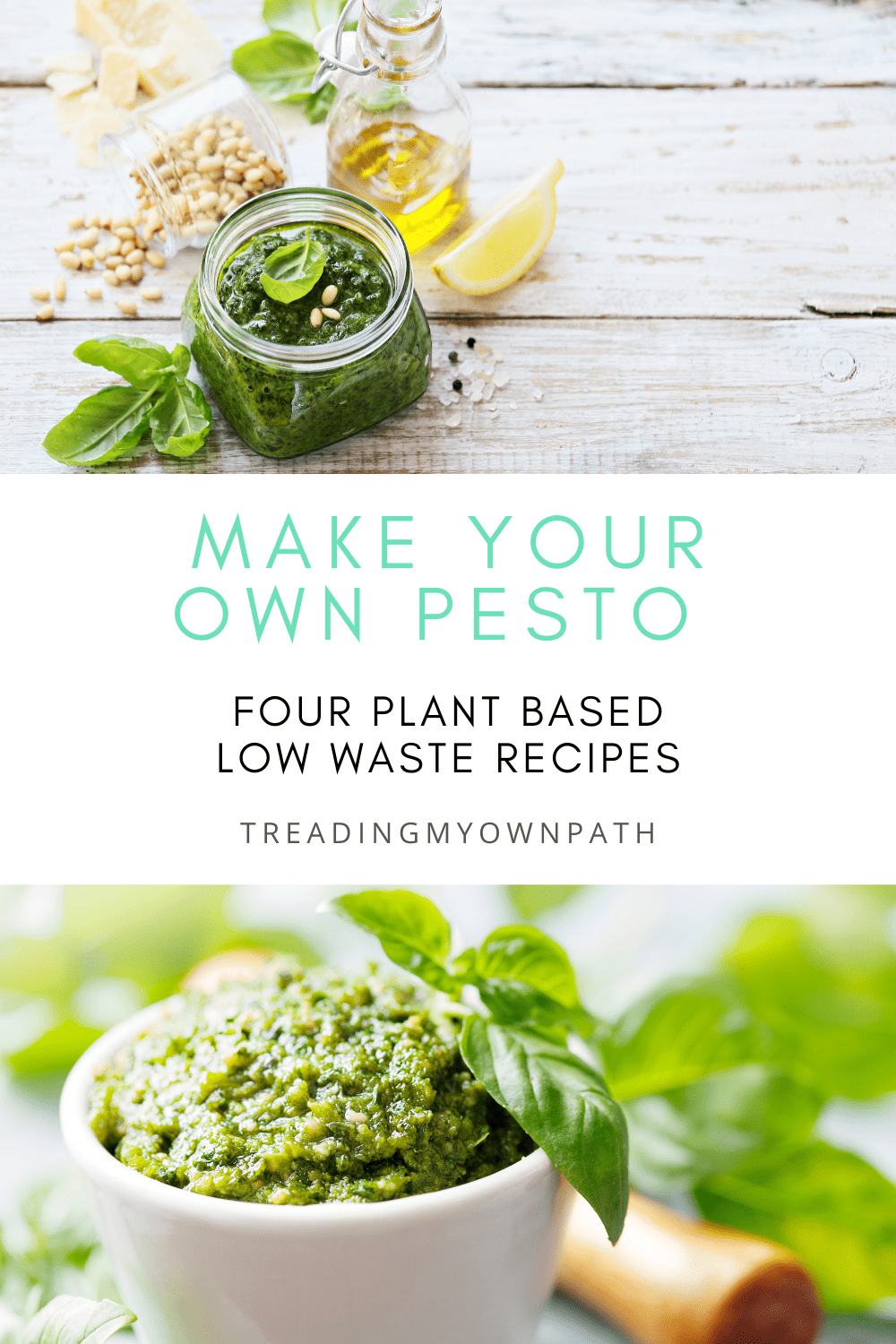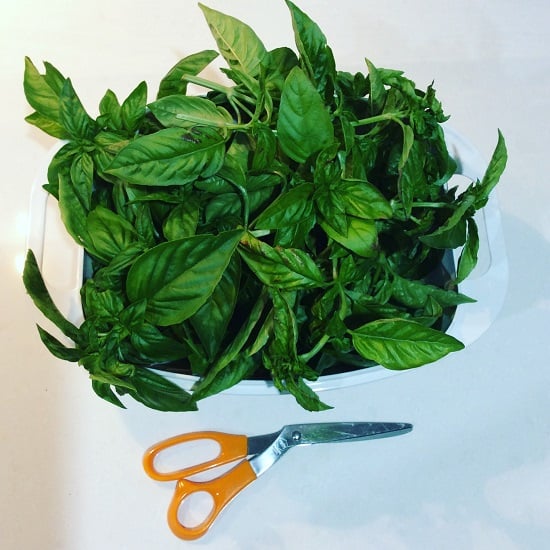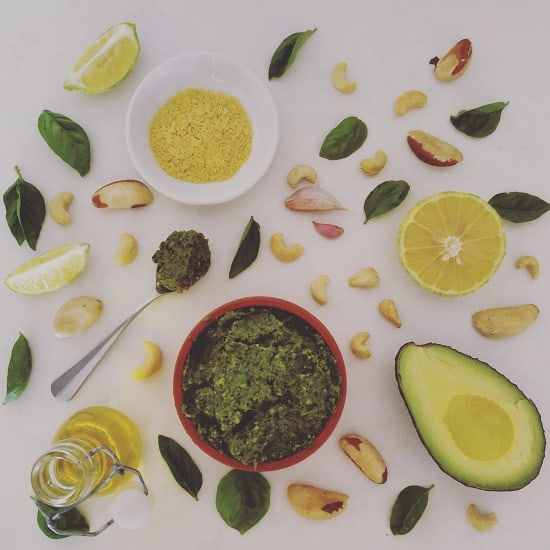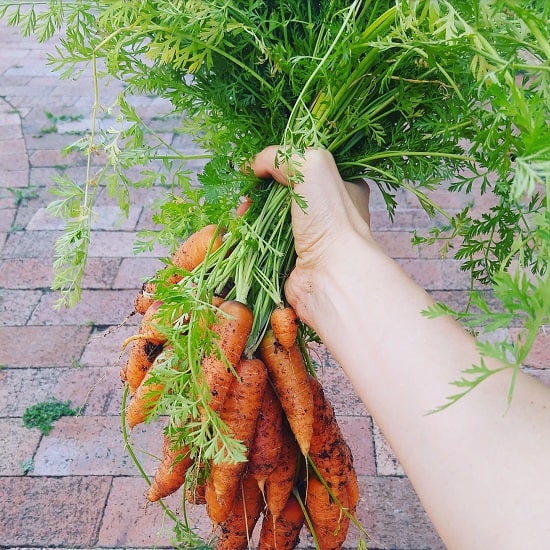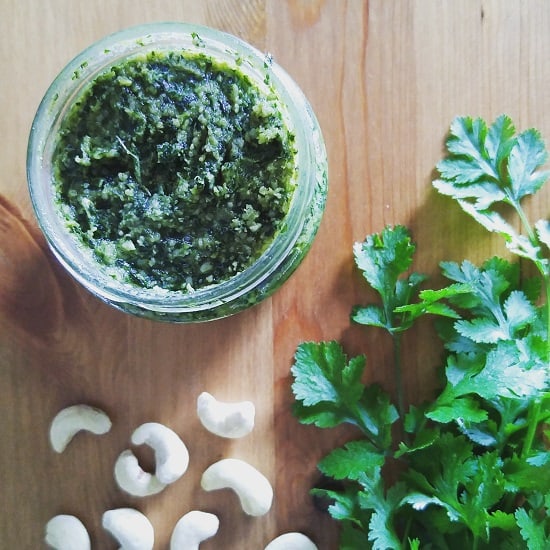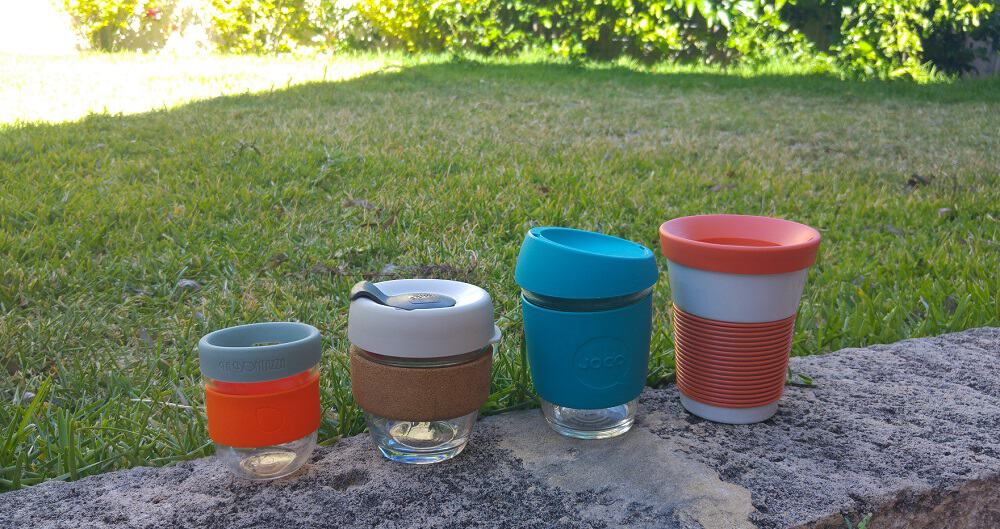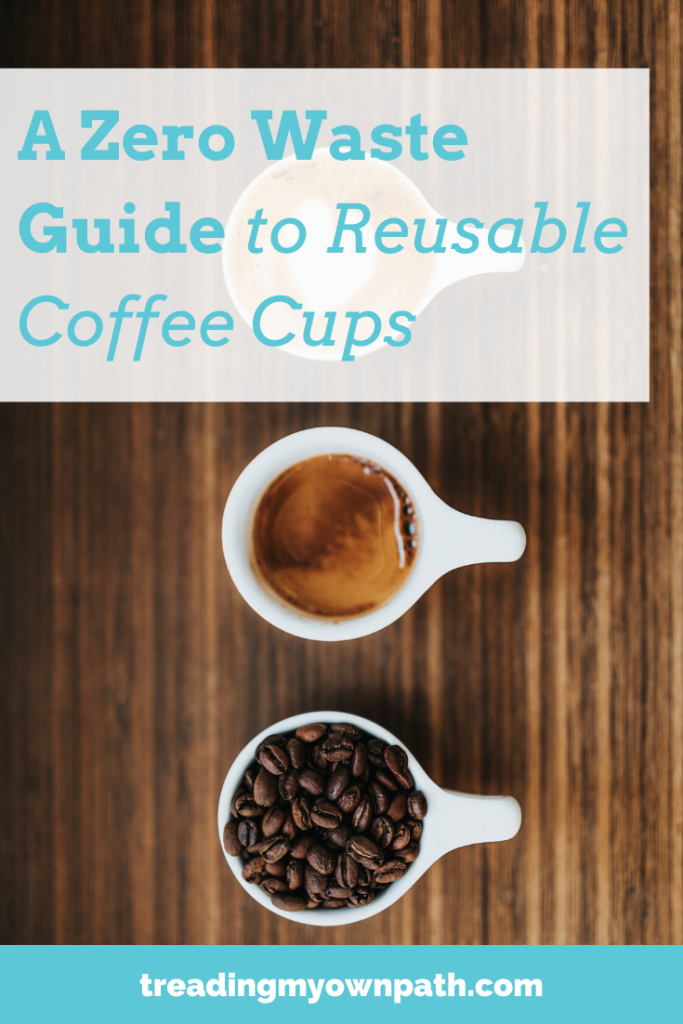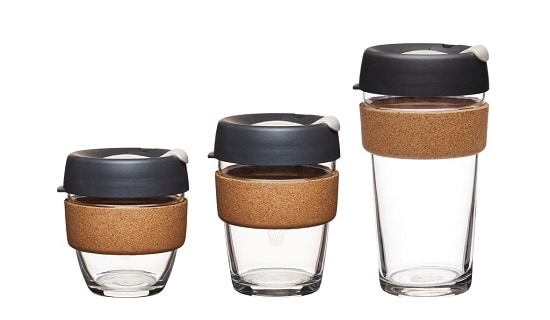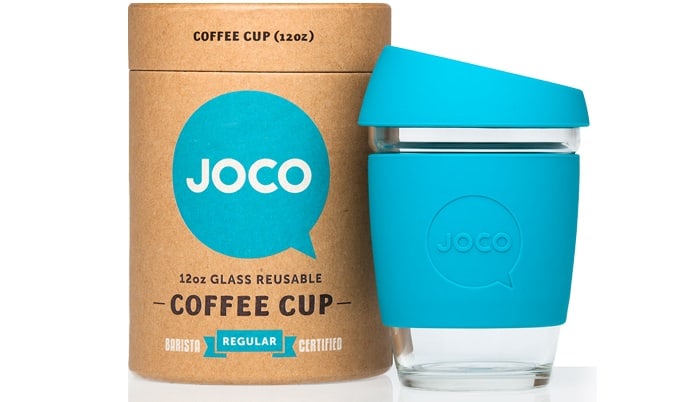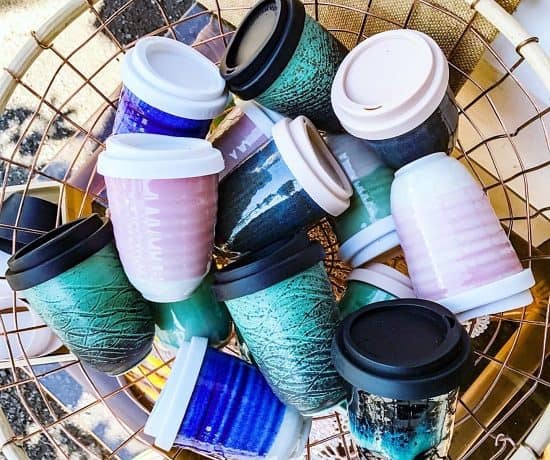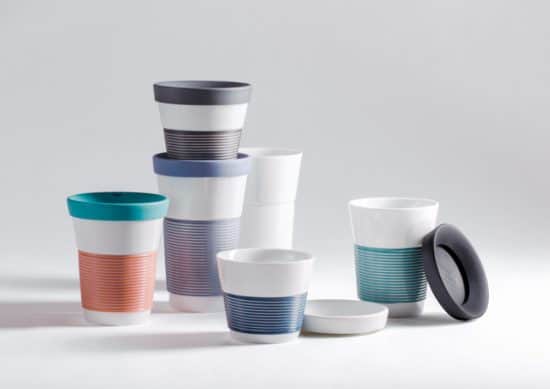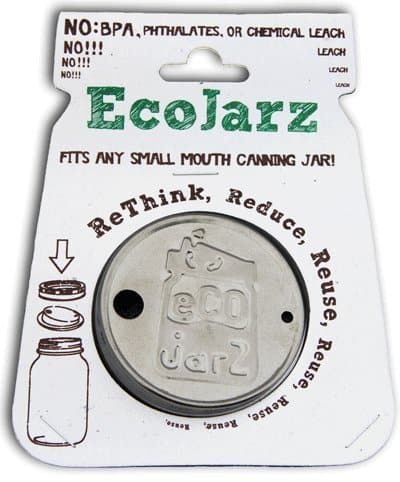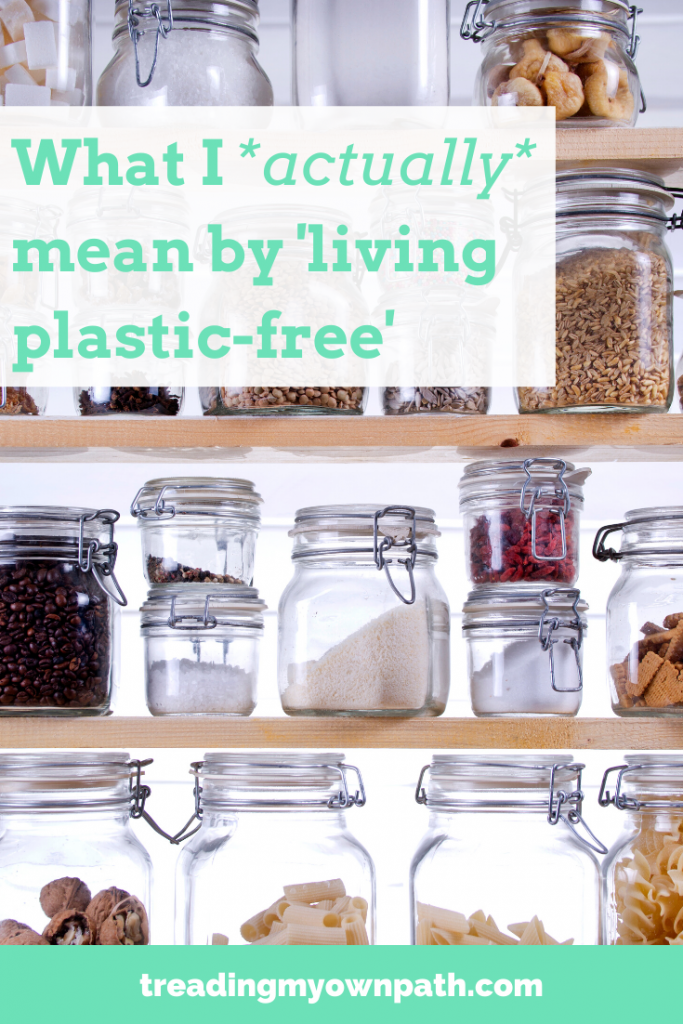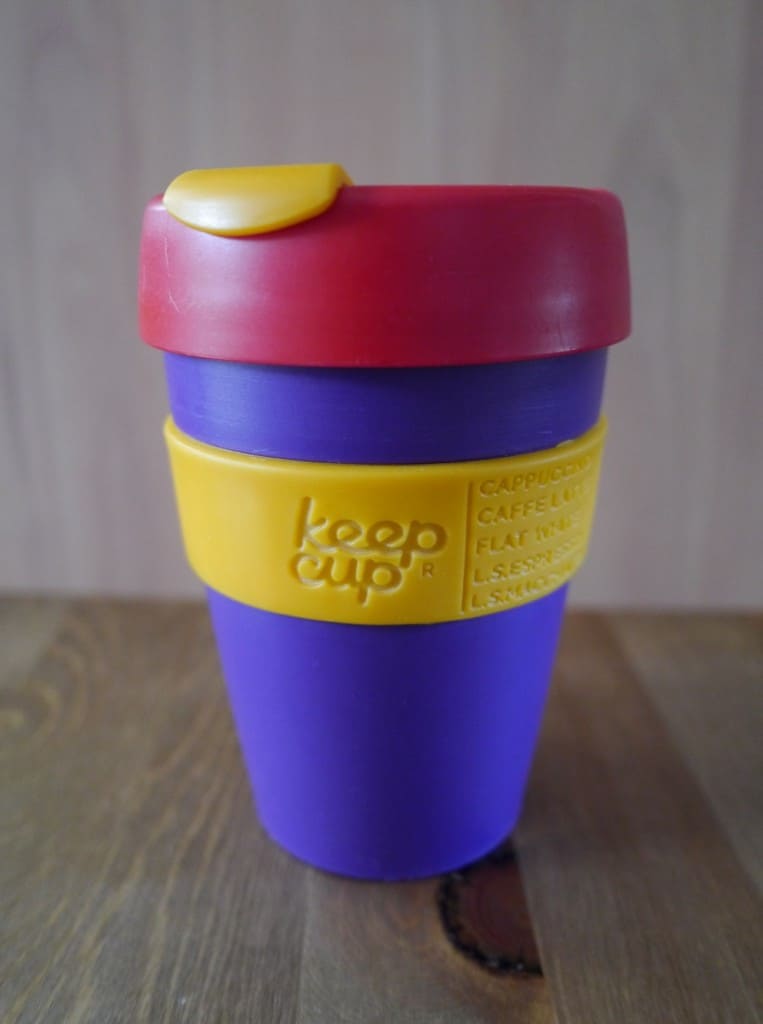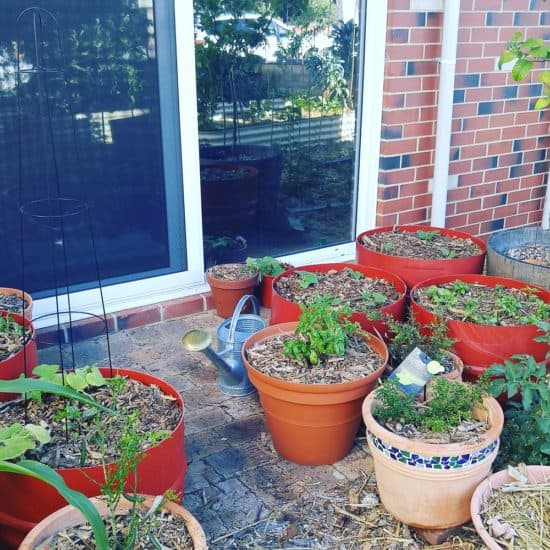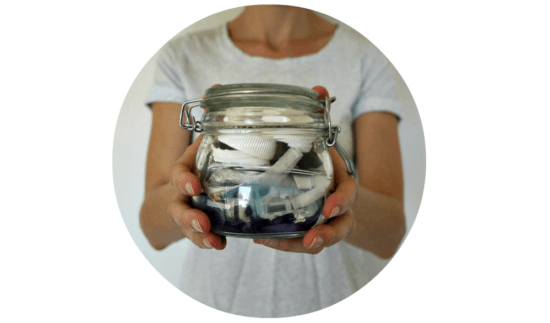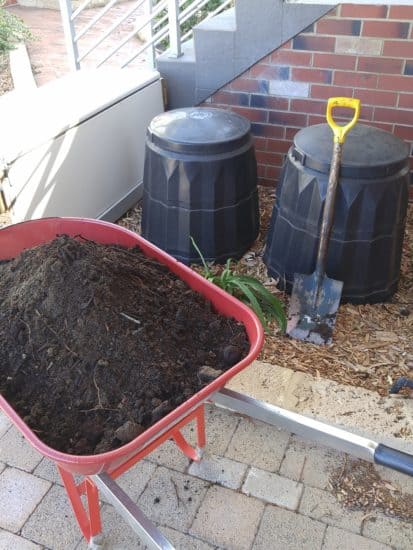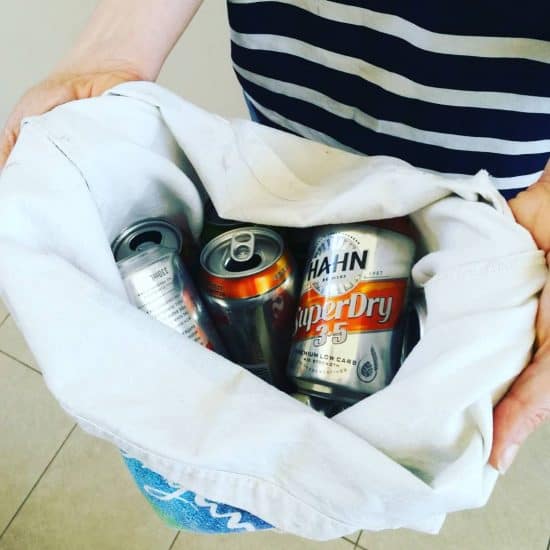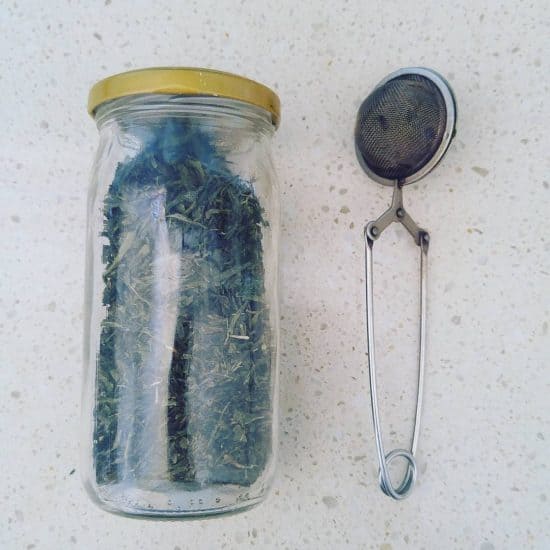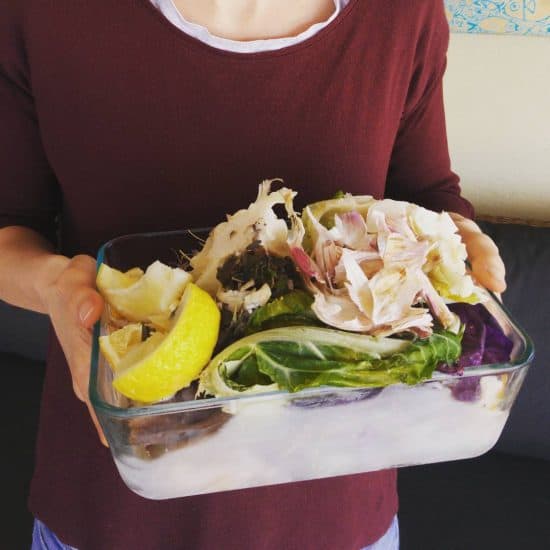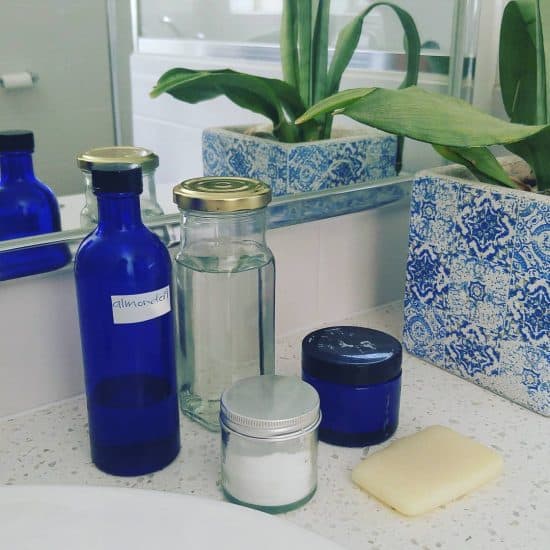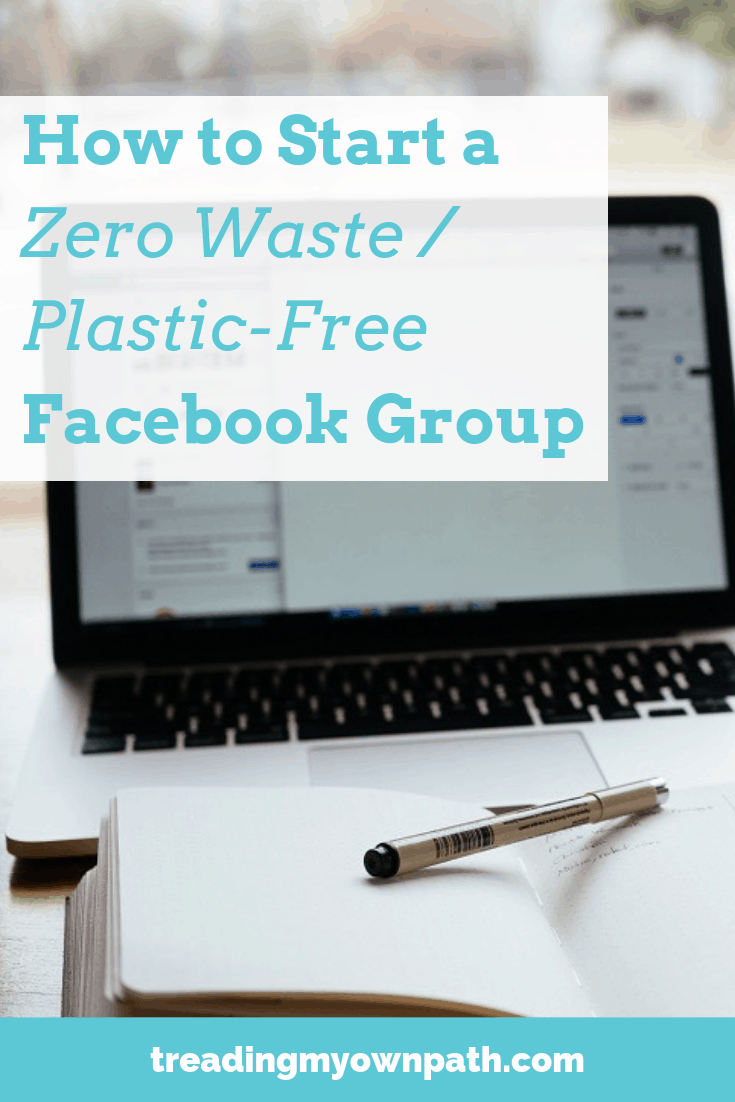A First-Timer’s Guide to Shopping at Bulk Stores
Bulk stores make shopping plastic-free and zero waste so much easier. They allow us to avoid unnecessary packaging, and buy only what we need (no unnecessary food waste). But they operate quite differently to regular stores and supermarkets, and if you haven’t shopped at one before, the idea can be a little intimidating.
If you’re new to living plastic-free and zero waste, and find the idea of shopping at bulk stores a little nerve-wracking, I’ve put together a guide to help you out. No two bulk stores are exactly the same, but the principles are.
I believe that we should be embracing these types of shops where we can, and there’s no need to be intimidated!
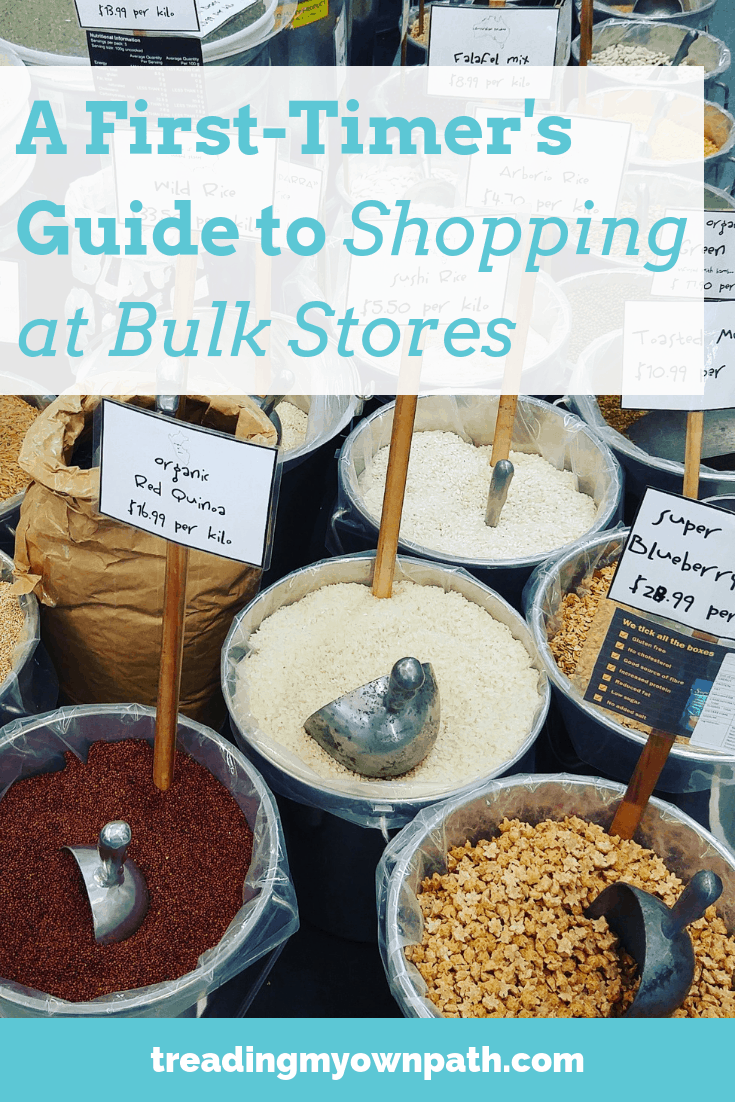
Shopping at Bulk Stores – Before You Leave Home
The first thing I’d recommend you take is a shopping list. Go through your pantry and decide what you need before you get there. Browsing in a store you’ve never been in before can be a little overwhelming, and it’s easy to spend more money than you intend on ingredients that you didn’t really need.
Second, think about how you intend to buy your groceries. If you want to avoid packaging you might want to bring glass jars, containers or reusable produce bags. However not all bulk stores are set up the same.
For a first shop, I’d recommend taking reusable produce bags rather than jars or containers. (If you don’t have reusable produce bags and want to invest in some, you can find my online zero waste stores guide here.)
I shop at the Source Bulk Foods (and there are 50 of these stores across Australia and New Zealand) and these stores are set up for customers to bring their own containers. I can take a bag full of empty glass jars, the team will weigh them for me and record the weight on the jars, and then I can fill them up. When I get to the till the weight of the jar will be subtracted from the total, meaning I only pay for the weight of the actual products I buy.
Not all bulk stores offer this service. Maybe they don’t have the technology, maybe they don’t have the staff training, or maybe they just don’t want to. In these stores, using glass jars will be an expensive exercise as you’ll end up paying for the weight of the jar as well as the product. Reusable produce bags are the best alternative.
If you really want to use containers, consider ringing ahead and asking if they will be able to tare the weight, and how it works.
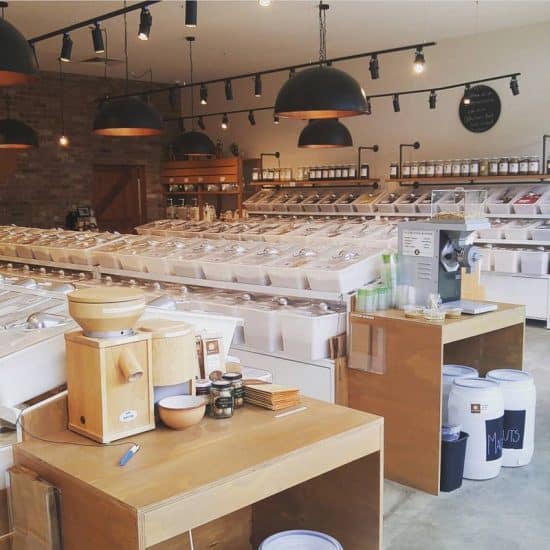
Shopping at Bulk Stores – Once You Arrive
Shopping at a bulk store is a very different experience to shopping at a supermarket. It’s extremely likely that the staff are as passionate about reducing waste as you are, and they will be more than happy to help. If you’re unsure in any way, I’d recommend going straight to a staff member and explaining that you’re new to this way of shopping, and asking how their store works and if there’s anything you need to know.
Ask them about different containers, and if they have preferences. Ask what other customers do. Start the conversation!
Some bulk stores might allow you to weigh your own containers. Some might ask that you write the code number of the product down (many people using their own jars do this by writing the numbers in their mobile phone as they go) to present at the till.
Some might print their own labels which just need scanning at the till. Ask to find out how your store works.

Shopping at Bulk Stores – Other Things to Consider
If we are used to supermarkets, we are much more used to unit prices (such as x price for a jar of peanut butter) rather than price per kilo. Even though supermarkets will list these prices, we don’t tend to pay much attention. This can be confusing at the start when shopping at bulk stores, because we often don’t have much idea how much things weigh. For example, chocolate coated nuts are quite heavy, so they might not sound expensive per kilo but a bag full can be more expensive than expected! On the other hand, items like tea can seem very expensive per kilo, but a full jar will not weigh much and be more affordable than the price suggests.
If you’re on a budget, for the first few shops I’d recommend getting a receipt, and tracking how much things cost, and making adjustments next time. I learned the hard way that big jars full of chocolates hurt my pocket!
Most things sold at bulk stores are sold by weight, but occasionally products are sold per unit (priced “each”) and some liquids will be sold by volume. The price label will always tell you how you will be charged. If a liquid is sold by volume, you will need to know the volume of the container rather than the weight (such as knowing the jar is 500ml or a litre).
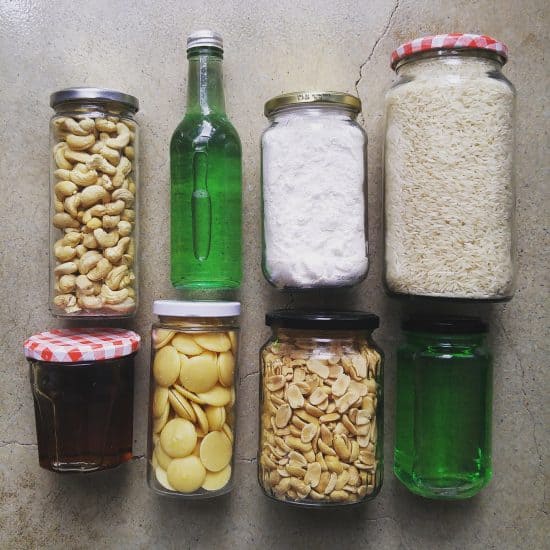
If you do make a mistake, the store will help you sort it as best they can. They deal with a lot of containers and will have a good idea of the weight (if you forgot to weigh it) or the volume (if it doesn’t say on the container).
Whilst I’m shopping, I like to take note of the other ingredients that I see. If I see something interesting, I’ll head home and read up on how to prepare or cook it, and look up some recipes. If I decide I’d like to try it, I add to my list for next time. This works better for me than buying random ingredients that then sit in the cupboard untouched.
We’re often used to heading to the supermarket every week, but bulk stores can be approached a little differently. If you live far from a bulk store, getting super organised can mean you only need to head there every few weeks – the products they sell have a long shelf life, so there is no need to head in weekly. On the other hand, if you prefer to pop in every few days rather than stockpile, that works too.
Whichever you prefer, bulk stores offer more freedom than supermarkets to choose how you’d like to shop. They’re also friendly places, selling real food, and owned by real people rather than faceless corporations. What’s not to love?!
Now I’d love to hear from you! What practices does your local bulk store use? Are there any quirks that you’d like to share? Any other tips on bulk shopping? If you’re new to the idea, any questions we haven’t covered? Please share your thoughts in the comments below!
[leadpages_leadbox leadbox_id=1429a0746639c5] [/leadpages_leadbox]

